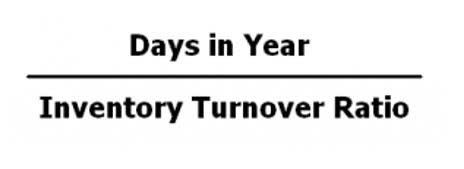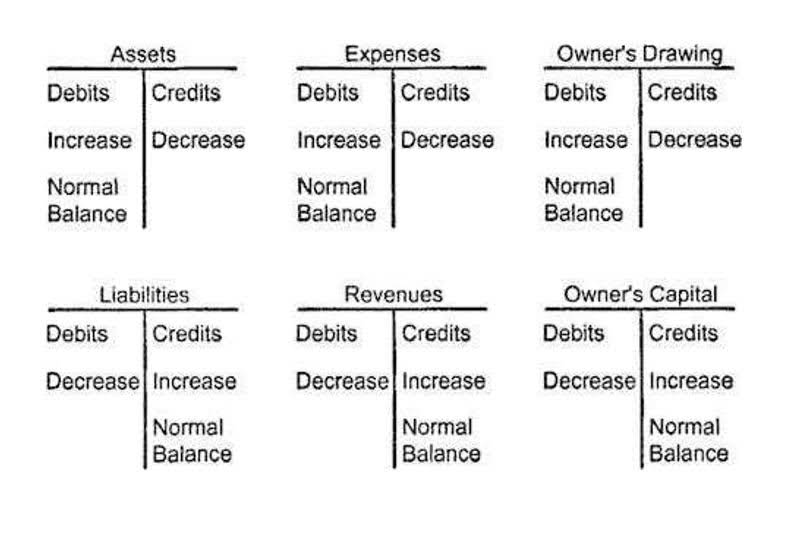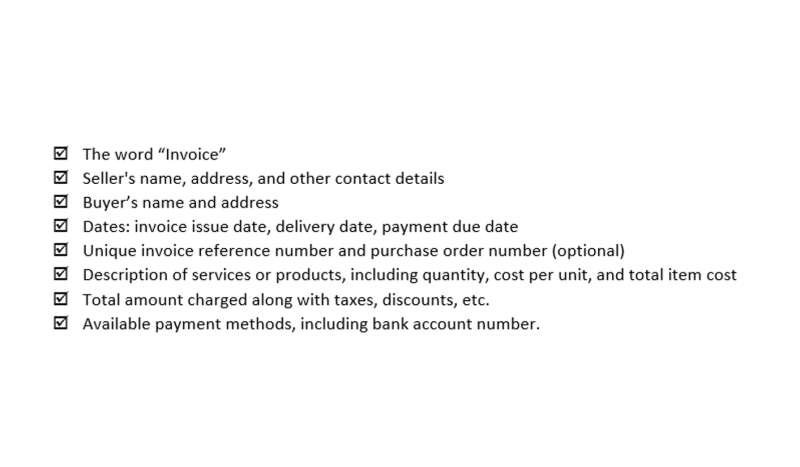
Remember, taking a few extra moments to verify your information can save you time and hassle in the long run. For example, imagine you’re depositing two checks, one for $1,500 and another for $2,500, and you want $200 in cash back. You would list each check separately, add them for a subtotal of $4,000, then subtract the cash back to record a net deposit of $3,800. To make the job easier for the teller, make sure you write the deposit amount correctly in dollars and cents. Finally, sign the deposit slip if you want to get any cash back from your deposit. If you are only depositing money and do not want to get any cash, there is no need to sign the deposit slip.
How to Fill Out a Deposit Slip to Deposit a Check

Deposit slips are often a basic part of banking, but you may not know how to use them in this era of online financial accounts. Yes, modern banking technologies like ATMs and mobile banking apps have eliminated the need for physical deposit slips. Instead, customers can deposit checks via an ATM and receive electronic receipts or scan checks using mobile devices to make deposits without the necessity of a physical deposit slip. However, these methods may not always provide itemized proof of each individual deposit made. Bookstime In today’s digital age, the need for deposit slips seems to be dwindling as modern technology brings new conveniences to banking transactions.
Depositing Large Checks or Multiple Checks

However, it’s essential for customers to recognize the historical role and benefits that deposit slips have brought to banking transactions. Deposit slips play a crucial role in the meticulous world of bank record keeping. They serve as the primary tool for tracking deposits into accounts, ensuring that every penny is accounted for.
Navy Federal Credit Union Hours: Full Hours and Holidays
Other than that, filling out a deposit slip for depositing multiple checks is essentially the same as it would be for depositing just one check. In addition, signing the back of each check is essential before depositing it in your account. The space is typically labeled ‘endorse here’ for the check recipient (that’s you) to sign. Doing so is part of properly managing your checking account; not doing so could lead to delays in the money becoming available. This practice ensures that both parties have a clear and accessible record of the transaction, making it easier to resolve potential discrepancies or disputes in the future. Proper documentation is crucial when dealing with larger deposits because it enables the bank to accurately process these transactions and reconcile their ledgers.

- By comparing the information recorded on the deposit slip with the funds presented, the teller can verify that they match.
- The customer is required to fill out the deposit slip before approaching the bank teller to deposit funds.
- Some banks and credit unions will let you make an in-person deposit without a deposit slip if you use a debit card.
- They are a testament to the enduring nature of banking protocols, even in an age where digital transactions are becoming increasingly prevalent.
- When managing a joint account, filling out deposit slips requires a clear understanding of both account holders’ rights and the bank’s policies.
- A deposit slip contains sensitive financial information such as the account number and deposit amount.
- Once you list your deposit items and subtract your cash back if desired, write the subtotal at the bottom.
For payroll deposits where multiple employees are involved, businesses can use formal deposit tickets, which often require more extensive documentation. These tickets include information like employee names, Social Security numbers, check amounts, and other relevant data that helps banks process payroll deposits more efficiently. If the customer needs proof of their deposit or wishes to keep a copy for record-keeping purposes, they may request a duplicate copy of their deposit slip along with the receipt. This extra measure adds an additional layer of security and organization, making it easier for customers to track their transactions.

Step-by-step video
- In this section, we will address some common queries related to deposit slips.
- They fill out the deposit slip with both their names, account number, and date.
- This practice ensures that both parties have a clear and accessible record of the transaction, making it easier to resolve potential discrepancies or disputes in the future.
- The primary concern regarding deposit slips is the potential risk of information theft or fraud.
- In this section, we will discuss security concerns with deposit slips and explore best practices for maintaining their security.
- If you are depositing multiple checks and cash at once, you might need more space on the deposit slip.
If it is possible, you’ll write the other person’s name and account number down, and you may need to add your name as well. You’ll also write the current date and probably have to include information about the bank branch you’re using. By following these steps and keeping open communication, depositing into a joint account can be a smooth and error-free process. Remember, when in doubt, it’s always best to ask a bank representative to clarify any uncertainties. Our in-house research team and on-site financial experts work together to create content that’s accurate, impartial, and up to date. We fact-check every single statistic, quote and fact using trusted primary resources to make sure the information we when must you sign a deposit slip? provide is correct.
Add Up the Deposits for a Subtotal
- By following these steps, you can make banking a less time-consuming and more pleasant part of your life.
- GOBankingRates works with many financial advertisers to showcase their products and services to our audiences.
- In today’s digital age, the need for deposit slips seems to be dwindling as modern technology brings new conveniences to banking transactions.
- As technology evolved, deposit slips became a more integral part of the banking process.
- A deposit slip contains the date, the name of the depositor, the depositor’s account number, and the amounts being deposited.
When it comes to financial transactions, security is a top priority for both consumers and banks. While deposit slips provide significant benefits in the form of documentation and proof of transaction, they also present potential risks. In this section, we will discuss security concerns with deposit slips and explore best practices for maintaining their security.
What Are the Best Ways to Get a Cashier’s Check?
A well-filled deposit slip ensures that both the depositor Online Accounting and the bank are on the same page regarding the deposit amount, account information, and check details. It serves as proof that the funds have been acknowledged by the bank and provides a record of the transaction for future reference. Sophisticated ATMs can deposit to your account based on the debit or ATM card you use, and they can even scan cash and checks in real time. This potentially allows the bank to add funds to your account more quickly, although 100% of the money might not be available for immediate withdrawal. Other banks require that you put everything in an envelope and fill out a deposit slip, which a bank employee will use to record your deposit manually. The process of filling out deposit slips varies depending on what you’re doing.
